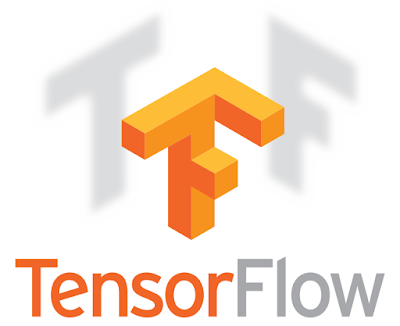Today we are happy to announce the 14 open source organizations that are participating as mentoring organizations for Google Code-in 2015! The contest, entering its sixth year, introduces 13-17 year old pre-university students to open source software development, giving them the opportunity to take the skills they have been learning in the classroom and apply them to a real open source software project. Experienced mentors are available to help the students if they have questions while working on each task.
Google Code-in officially starts for students on December 7, but before the contest begins, students can learn more about each of the mentoring organizations by clicking on the links below.
- Drupal - content management platform
- FOSSASIA - developing communities across all ages and borders to form a better future with Open Technologies and ICT
- OpenMRS - open source medical records system for the world
- RTEMS - operating system used in satellites, particle accelerators, robots, racing motorcycles, medical devices and more
- SCoRe - research lab that seeks sustainable solutions for problems faced by developing countries
- Systers - community for women involved in the technical aspects of computing
- Ubuntu - open source operating system
- Wikimedia Foundation - non-profit foundation dedicated to bringing free content to the world, operating Wikipedia
The mentoring organizations are currently busy creating hundreds of coding, documentation, user interface, quality assurance, outreach, research, and training tasks. The contest officially starts for students on Monday, December 7th at 9:00 PST.
For important contest information please check out the contest site for Contest Rules, Frequently Asked Questions and Important Dates. You can also find flyers and other helpful information including the new Getting Started Guide on the contest site. Join our announcement and discussion lists to talk with other students, mentors and organization administrators about the contest. For questions about eligibility or other general questions, you can contact us at [email protected].
By Stephanie Taylor, Open Source Programs







